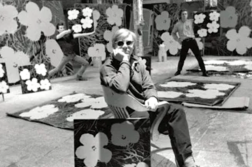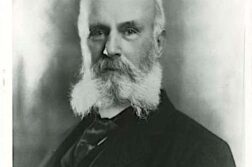Published in: March-April 2010 issue.
June 28,1969. In the early morning hours, police raid a mafia-run Greenwich Village bar named the Stonewall Inn that catered to an assortment of patrons including drag queens, transgendered people, homeless youth, middle class gays, and hustlers.
Before the Stonewall Riots, the pre-assimilation queer community was far more mixed, because everyone was disenfranchised and anyone could be arrested for illegal conduct. This meant that a place like the Stonewall had an easy mix of just about anyone you could find under the rainbow. Throughout the 60’s, police raids on gay bars were commonplace and acceptable, but on this one occasion, the authorities lost control and incited a riot.






